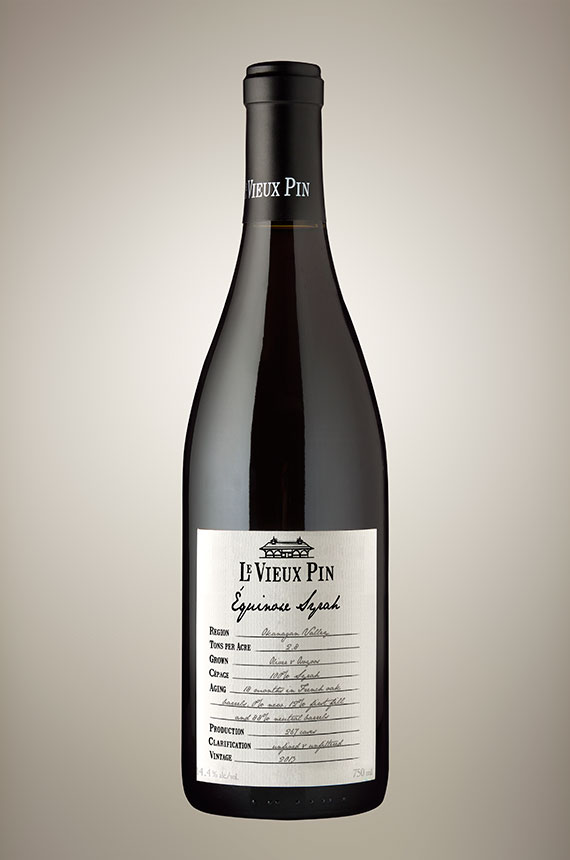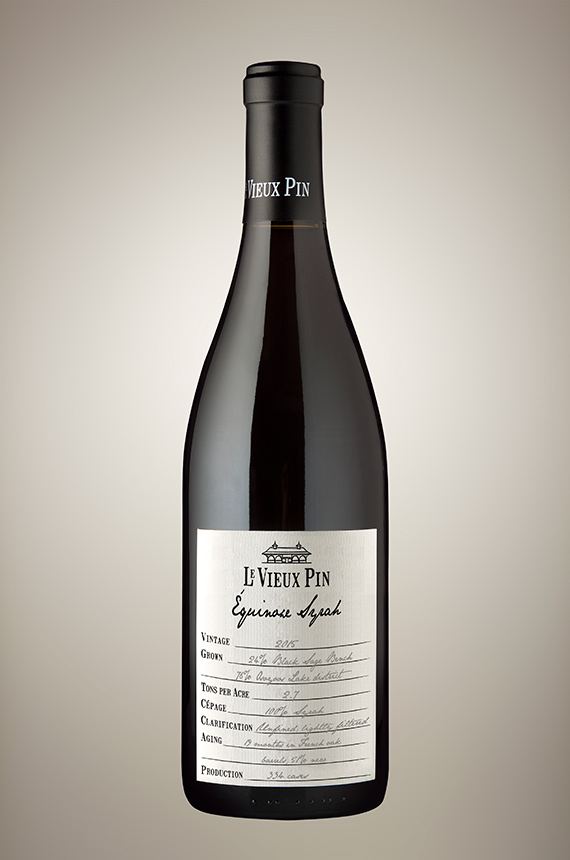February 2022 | Reviews, Wine Education
Equinoxe Syrah Library Re-Release Comparison 2013 v. 2015
Over the holidays, I had the luxury of trying a whole bunch of our wines pulled from the deep dark corners of our cellar. Perhaps the most memorable of them all was when I prepared a slow cooked a free-farmed, chicory-fed, young lamb shank tagine. Moroccan style for the family. I paired it with not one, but two, different back vintages of our flagship: Equinoxe Syrah.
Let’s have a quick recap of the vintages and the wines make up first.
2013 was a tale of two vintages in one with a rare and untimely downpour in the middle of harvest. Sorting was the key. The wine shows great balance and even a sense of restraint to go along with a touch of power. This makes it a terrific and all rounder wine.

2015 was a big year. It started with earliest bud break on record and even saw another record breaking moment with highest recorded temperatures in June. Harvest started early in late august. The resulting wines were all about exuberance, power and forward fruit. 2015 Equinoxe Syrah shows the imprint of the vintage very well.

While Equinoxe Syrah, both vintages are comprised of 100% Syrah. The yields happen to be almost identical too. The percentage of the origin of the fruit is different. 2013 saw 2/3 of the fruit hailing from our various blocks scattered in Oliver (northern part of the south Okanagan), while 2015 was the reverse, more of the fruit was grown in Osoyoos lake district. The barrel program of the two vintages was also rather starkly different, with 2013 seeing no new oak used and in fact more than ¾ of the barrels selected were fully neutral, while 2015 saw nearly half of the barrels being new French oak barrels.
Now, let’s discuss the nose. 2013 came across as more old world, more subtle and nuanced while the 2015 was more of a tour de force wine that forgoes subtlety (at least in this stage of its evolution) in place for power and charm. 2013 Cuvée Equinxoe happened to see no new oak so there is a sense of purity and transparency to the wine, while the 2015 with 50% new oak shows more complexity added from the barrels and an extra layer of spice and even coffee and dark chocolate nuances. 2013 is a bit more floral and shows kitchen herbs like rosemary and sage while 2015 is more spicy and showing even some black olive and other meaty and earthy notes.
Moving on to the palate, the 2013 is more linear, medium+ bodied and structured much more like an old world wine, where as the 2015 is quite full bodied and has that creaminess and charm of the new world. The two wines obviously carry a signature of place that runs parallel to each other, yet also display quite a different profile due to the nature of the growing season and the barrel program for the two years.People often ask for my favourites, and are disappointed when I can’t give them one. I like elements of each wine and honestly can’t pick one winner over the other. It all has to do with one’s mood, the time of the year and the food accompanying that wine. While I personally favour the 2013 on its own, in this instance, the 2015 was a better pairing for the rich, spicy and even a touch sweet Moroccan lamb tagine. Overall, I see the 2013 as more of an intellectual wine that challenges the taster and demands the taster’s attention, while the 2015 is more hedonistic and easy to please. It’s virtually impossible to not fall in love with its buoyant and charming personality.
So far there has been some nice development in both of these wines. Both are sitting in a nice place, if you’re looking for a reason to open these bottles, now is a nice time. There is still some life left in the 2013 Equinoxe Syrah in the short to medium term (3 to 5 years). The 2015, now sitting in it’s 7th year, is a great time to start opening your bottles and really, any time over the next 3 years, the wine will be showing well making it an occasion worth celebrating. ** Please note that cellar conditions will drastically affect the evolution of the wine. We’re tasting these bottles from our own facilities and reporting based on our tastes, thoughts, and experience with the wine.
Don’t forget to check out the Vintage Chart and Vintage Report.
By Rasoul Salehi
